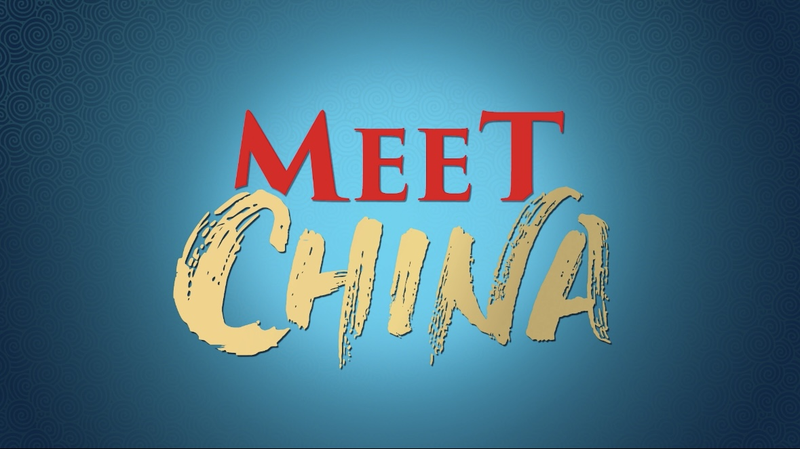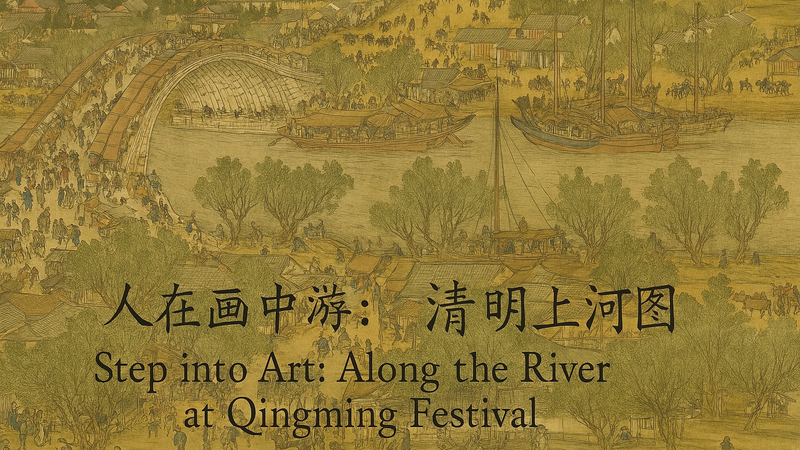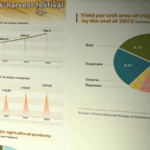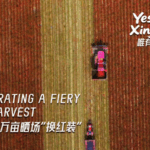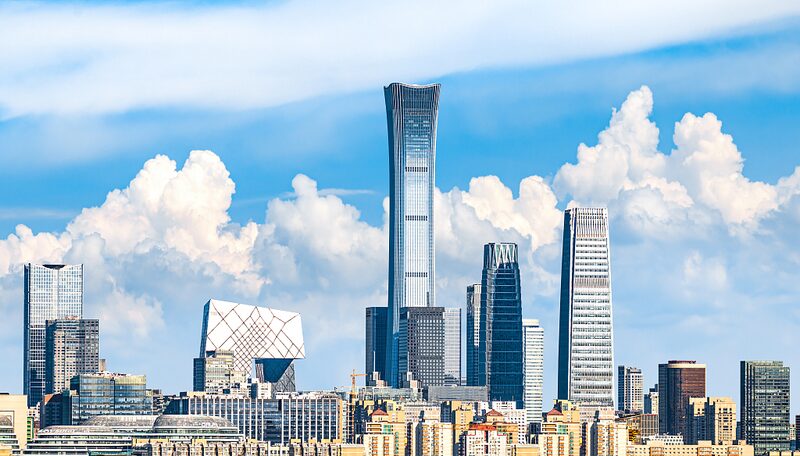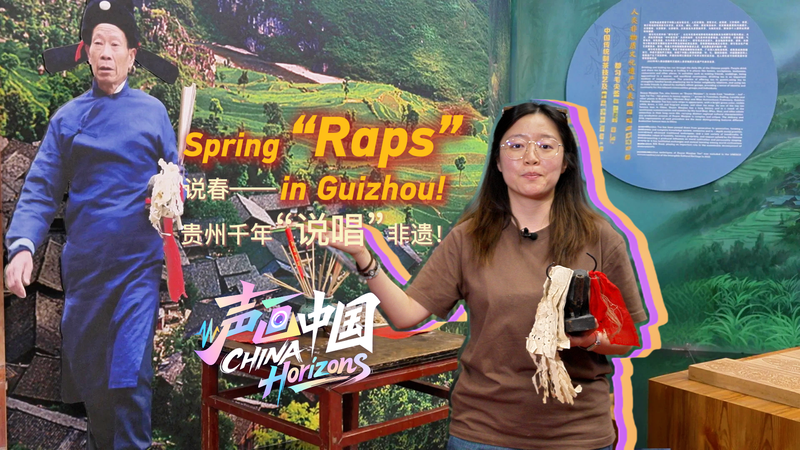From mist-shrouded tea fields to humming logistics hubs, China's economic transformation unfolds through three distinct regional stories blending heritage with cutting-edge innovation.
Mengding Mountain: Where Tea Culture Meets Modern Markets
In Sichuan's Ya'an City, dawn breaks over Mengding Mountain as farmers harvest the prized "first basket of tea" – tender buds plucked before the Qingming Festival. This annual ritual, recognized by UNESCO as Intangible Cultural Heritage, now fuels a thriving global trade. Master tea artisan Zhang Yuehua preserves ancient techniques while new production methods boost output. The region's 250,000 tea farmers have seen auction prices reach 36,000 yuan per catty, with daily market turnovers exceeding 5 million yuan during peak season.
Wuhan's Transport Revolution
The "Thoroughfare of Nine Provinces" has become central China's logistics powerhouse. Ezhou Huahu International Airport – Asia's largest cargo hub – works in tandem with Yangluo Port's deep-water berths and the China-Europe Railway to slash transit times. Advanced cold-chain systems now move goods from Wuhan's markets to European shelves in record time, supporting what officials call "high-quality openness" through integrated rail-water-air networks.
Guangzhou's Textile Reinvention
Where 1990s steel sheds once stood, a seven-story textile complex now hosts fashion shows and international buyers. Entrepreneurs like Peng Liangmin have transformed Guangzhou's cloth trade into a global creative force, combining smart manufacturing with heritage displays. Designer Lin Zihan's modern creations share space with historical looms in the sector's new museum, symbolizing the industry's successful pivot to value-added production.
These regional stories reveal China's economic strategy: leveraging cultural assets and infrastructure investments to build globally competitive industries while maintaining local identities.
Reference(s):
cgtn.com
